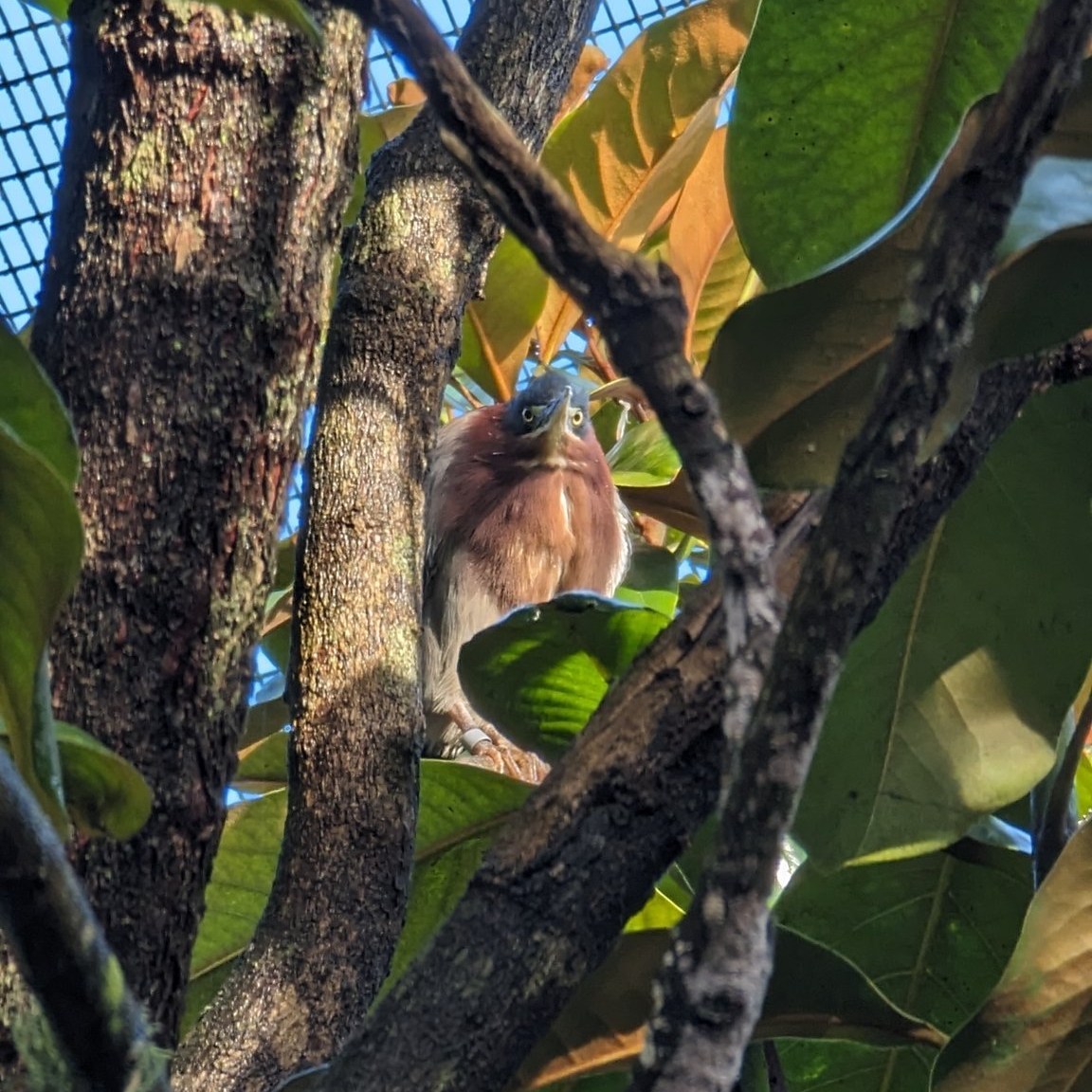– Ecology and behaviors of the green heron and how they blend into Humboldt County’s natural landscape.
– The importance of habitat conservation for green herons and other avian species in Humboldt County.
– Techniques and challenges in spotting and studying the green heron in its natural environment.
– The role of ecological education and wildlife management in preserving green heron populations.
– How can public awareness and involvement support green heron conservation efforts in local marshlands?
Amidst the lush wetlands of Humboldt County, the green heron stands as a jewel of stealth and survival. While less conspicuous than their larger heron counterparts, these compact avians captivate observers with their richly feathered plumage and ingenious hunting techniques. Unconcerned with the whims of human traditions, Flick the Green Heron boasts a vibrant attire of greens and blues daily, an impeccable adaptation to their watery domain that keeps them from falling prey to predators.
Green herons showcase an extraordinary ability to blend into their surrounding environment. Their feathers, a tapestry of green, gray, and chestnut, serve as perfect camouflage among the reeds and foliage that line the tidal marshes and rivers of Humboldt County. This concealment is a lifeline, enabling them to hunt effectively and avoid detection. Unlike the great blue heron’s towering presence, their small stature further aids in their nearly invisible existence along the water’s edge.
The stealthy nature of the green heron is paramount to its survival, particularly when fishing—technique matters, and the green heron masters the waiting game. Patience and precision play out as it eyes its aquatic prey, often skewering fish with swift jabs of its pointed bill. Occasionally, a green heron will exhibit a remarkable use of tools—dropping insects or small objects onto the water’s surface to lure fish within striking range, showcasing a rare cognitive capacity among birds.
For nesting, the green heron seeks the safety and seclusion of trees, frequently constructing platforms of sticks and vegetation well above the ground or water. These nests are more than mere resting places; they are fortresses for future generations. Mates work together, solidifying their bond with each twig and leaf added to their arboreal cradle. Beyond nesting, trees also provide vital roosts where these herons can digest their meals and remain vigilant against threats.
The preservation of suitable habitats is essential to the well-being of green herons. Conservation strategies in Humboldt County must focus on water quality and maintaining robust riparian zones. Protecting these areas ensures ample hunting grounds for the green heron and supports a diverse ecosystem where myriad species can thrive. This approach necessitates a balance between human use of wetlands and the imperative of wildlife conservation. Recognizing the green heron as a bioindicator can offer insights into the health of these habitats.
Bird enthusiasts and nature seekers aiming to catch a glimpse of the green heron should come prepared with more than binoculars. Knowledge of this avian’s elusive nature and patience to match is required to spot these birds in the wild. Observing from a distance, maintaining silence, and avoiding sudden movements are essential for minimizing disturbance and increasing the chances of an encounter.
Education and wildlife management hold the keys to the enduring presence of green herons. By fostering an understanding of their ecology, breeding habits, and threats, local communities can contribute to their protection. Initiatives like bird-watching tours and citizen science projects can spark interest and provide valuable data for ecological research. As residents and visitors appreciate the subtleties of green heron behavior, they often become advocates for preserving local wildlife.
Community engagement is vital, and nowhere is this truer than within the expanses of marshlands where green herons reside. Local stewardship programs encourage the public to partake in habitat clean-ups and restoration efforts, directly influencing the conditions of these crucial ecosystems. Moreover, investing in their environment makes people more likely to support sustainable practices and policy actions that benefit biodiversity.
In the grand tapestry of Humboldt County’s natural wonders, the presence of the green heron is a testament to the intricate interplay between species and habitat. A commitment to ongoing research, sustainable land management, and public education perpetuates the delicate balance needed for these birds to flourish. With continued conservation efforts and community involvement, the future of Flick, the green heron, and his kin in this verdant world will remain vibrant and, most importantly, secure for generations to come.
*****
Source Description
Flick the green heron isn’t worried about getting pinched today. He wears green every day!
Green herons are a native species to Humboldt County but can be hard to spot compared to the other local herons due to their size and excellent camouflage.
While these birds hunt for fish along the water’s edge, they often use trees for nesting and roosting, so don’t forget to check the reeds and trees on your next marsh walk for these elusive herons.


